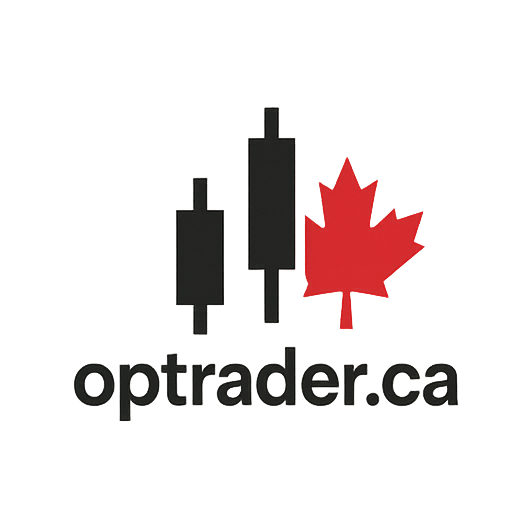Options Trading vs Dividend Investing in Canada
Options Trading vs Dividend Investing in Canada
Canadian investors looking to generate consistent income often ask: Which is better — covered calls or dividend stocks? Both strategies offer regular payouts, but they differ in risk, taxation, and flexibility. Let’s break it down.
Strategy 1: Covered Calls
Covered calls involve holding a stock and selling a call option against it. The investor earns an upfront premium in exchange for agreeing to sell the stock if it rises above a certain price (the strike).
- Income Source: Option premium
- Frequency: Monthly or bi-weekly (based on expiry)
- Risk: Stock declines in value or gets called away
- Best Use: Flat or slightly bullish markets
Strategy 2: Dividend Stocks
Dividend investing means buying stocks that pay regular cash payouts (usually quarterly). Many Canadian blue-chips like TD, BCE, and Fortis are popular among income investors.
- Income Source: Dividend payout
- Frequency: Quarterly (mostly)
- Risk: Stock declines or dividend is cut
- Best Use: Long-term, buy-and-hold accounts (TFSA/RRSP)
Covered Calls vs Dividends: Which Pays More?
Let’s look at a quick example using BCE.TO:
- BCE dividend yield: ~7.5% annually (paid quarterly)
- BCE covered call premium (1-month ATM): ~2.5% monthly (ROO %)
If you write covered calls each month, your income could potentially exceed the dividend yield — but with added complexity and some assignment risk.
📊 Tax Implications in Canada
- TFSA: Dividends and option income are tax-free
- RRSP: Tax-deferred; no immediate impact
- Cash Account: Dividends get the Canadian Dividend Tax Credit; options may be capital gains or business income
Optrader Tip: Combine Both
Why choose just one? Many Optrader users use both:
- Buy dividend-paying stocks
- Write covered calls to boost yield
This is called a “yield-enhanced covered call strategy.”
Want to find the best options for your covered call income portfolio? Use the Optrader screener to filter by ROO %, earnings risk, sentiment, and more.
